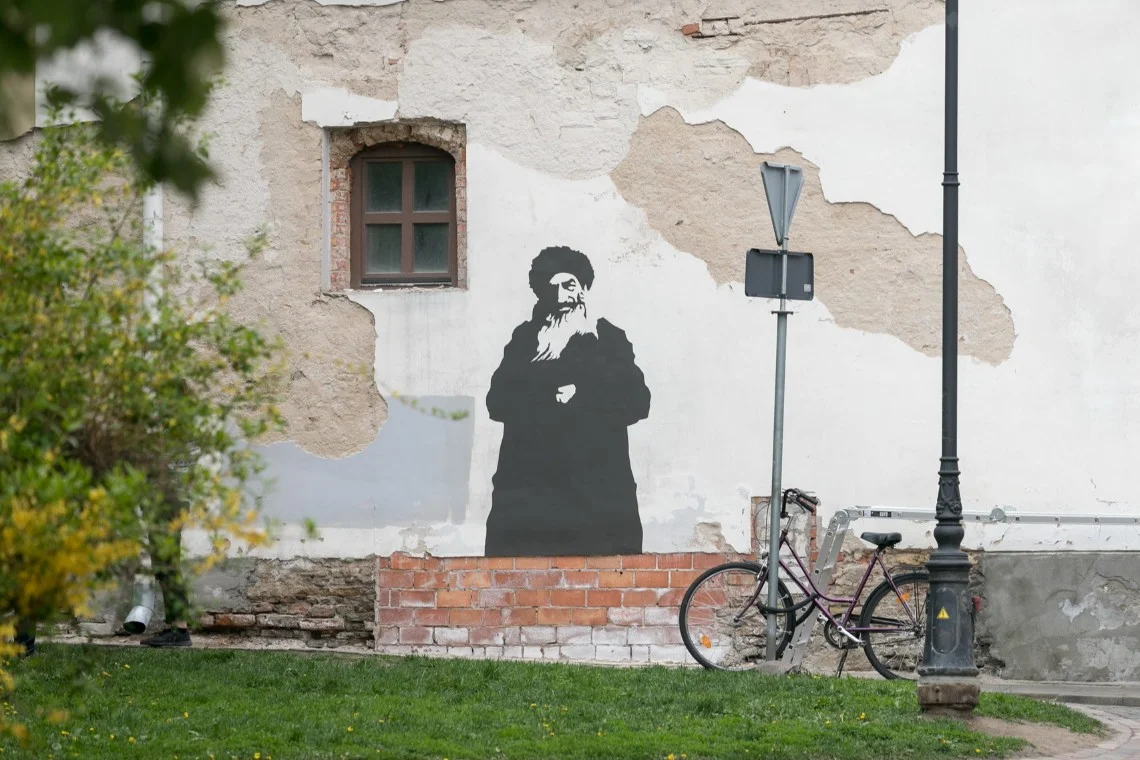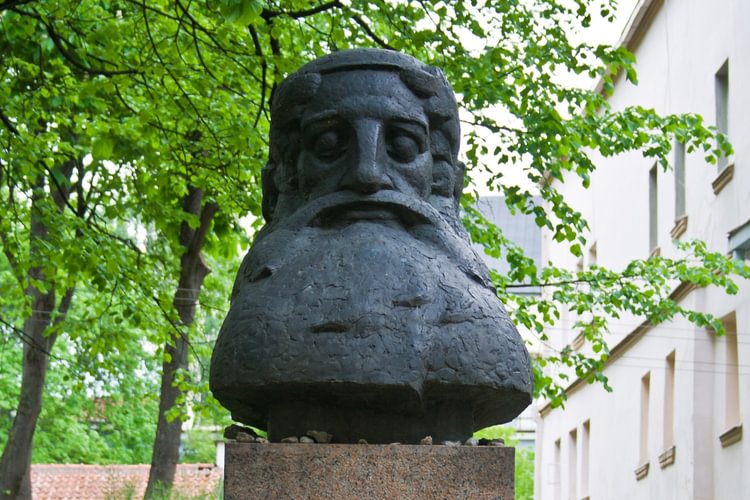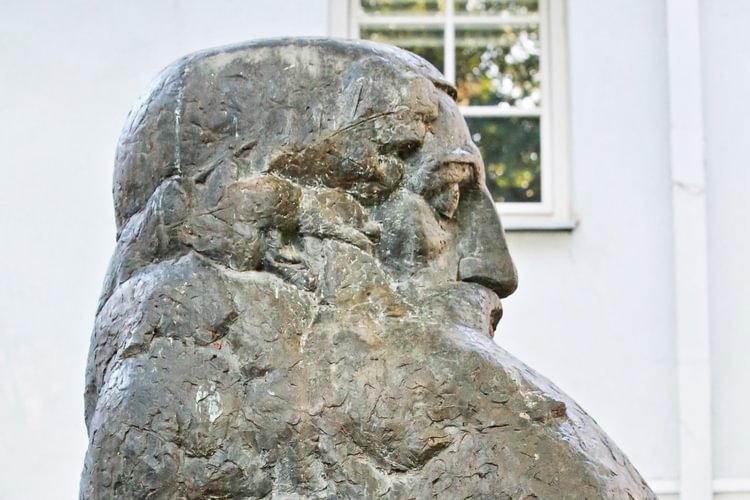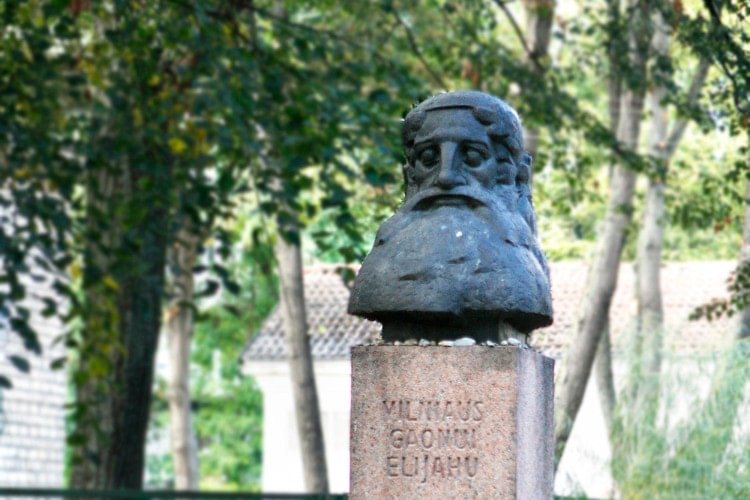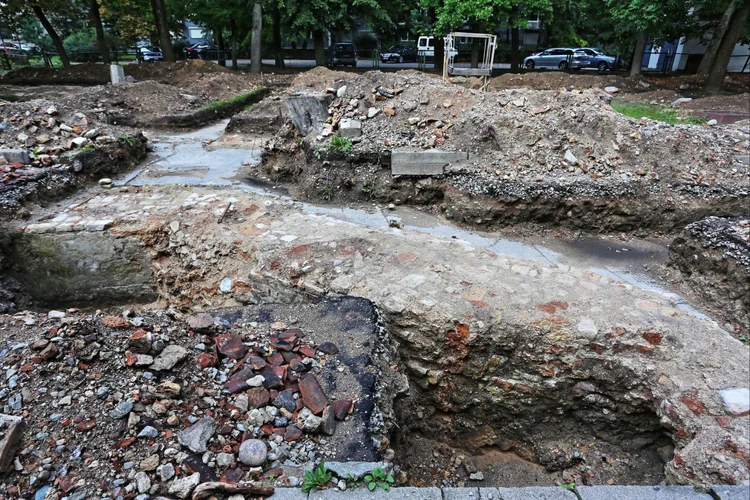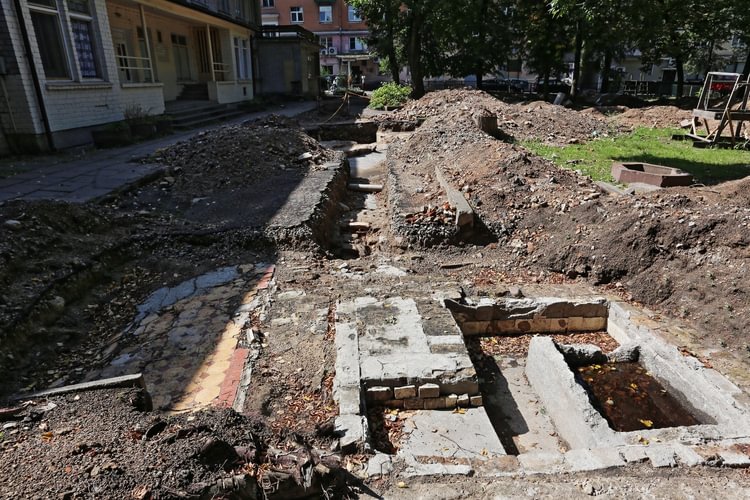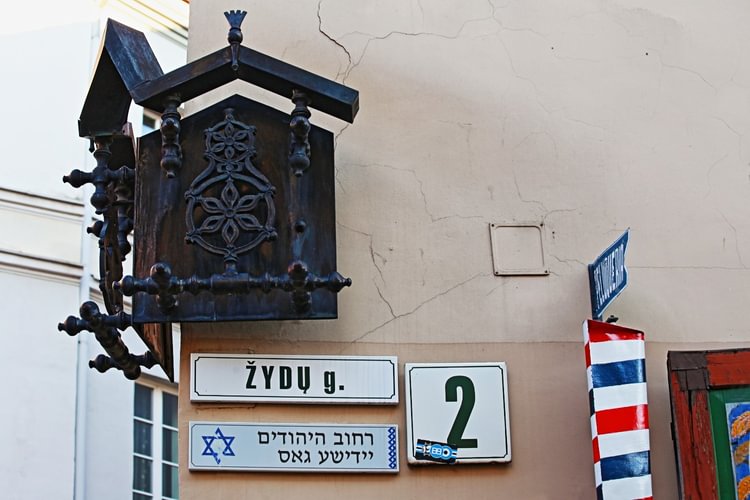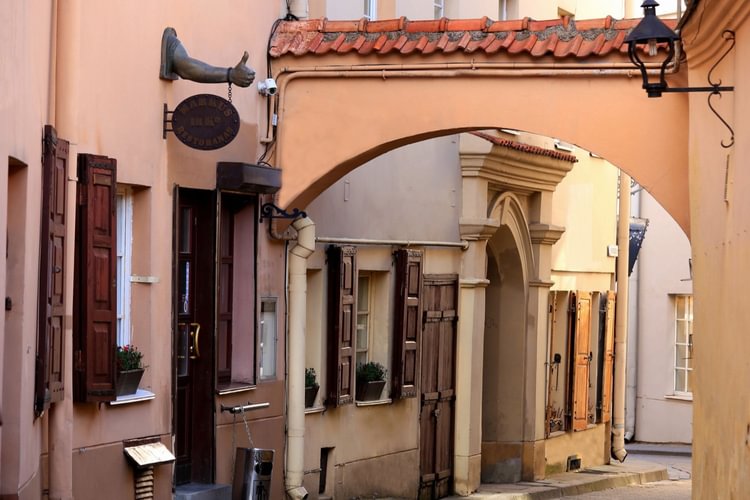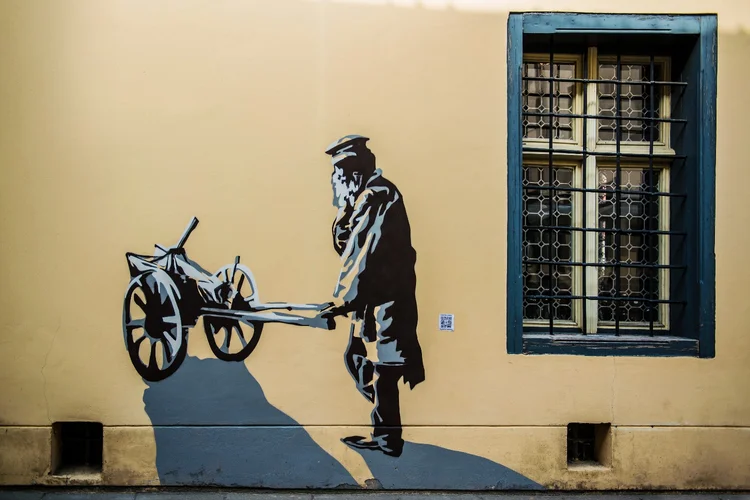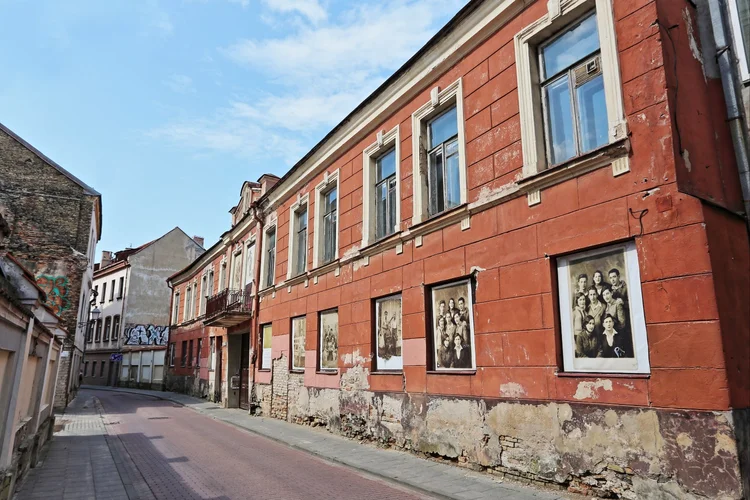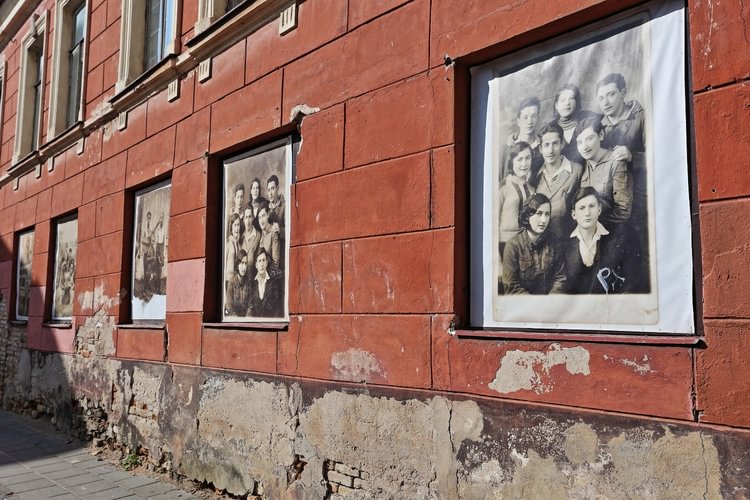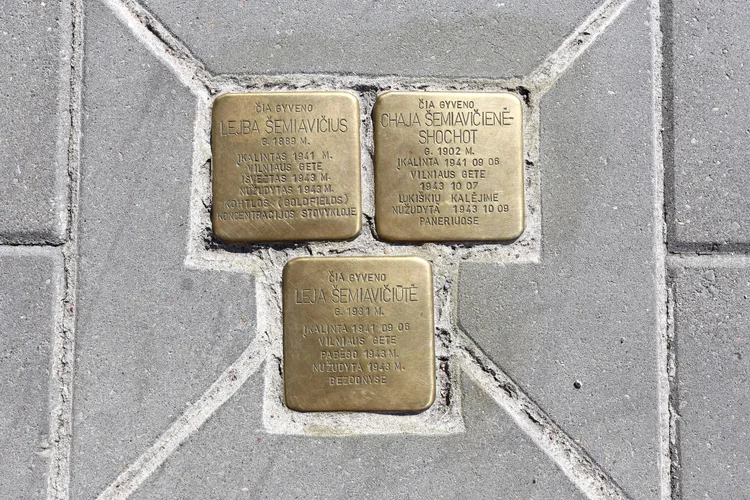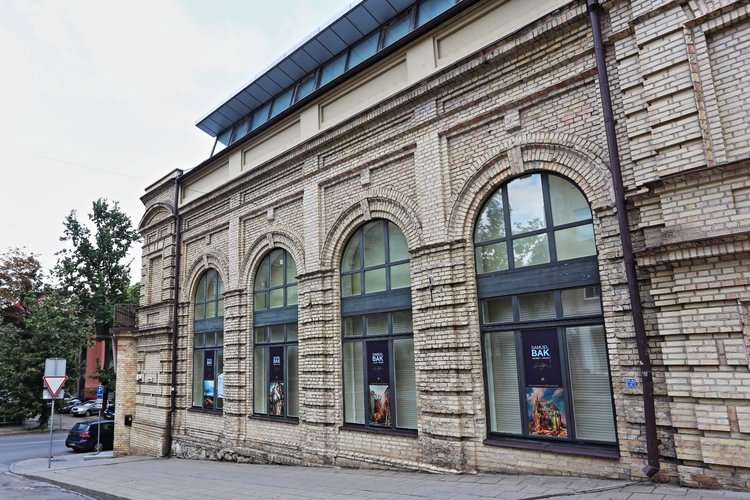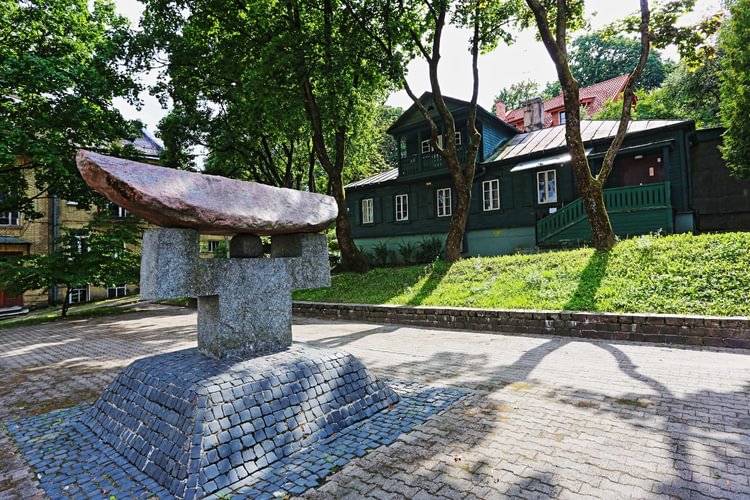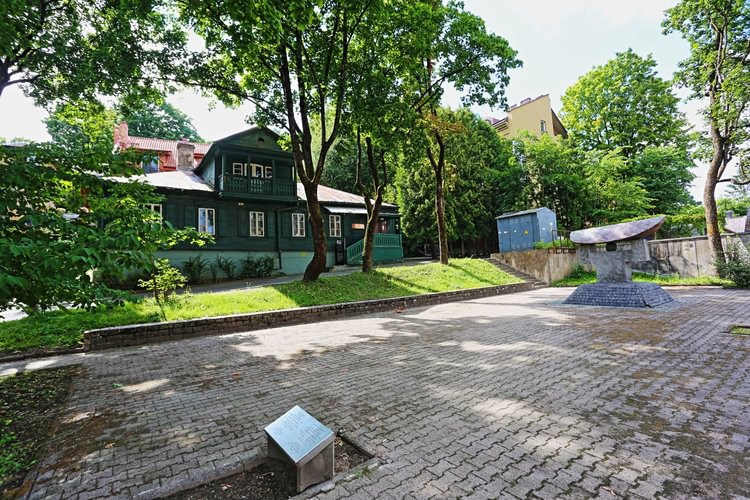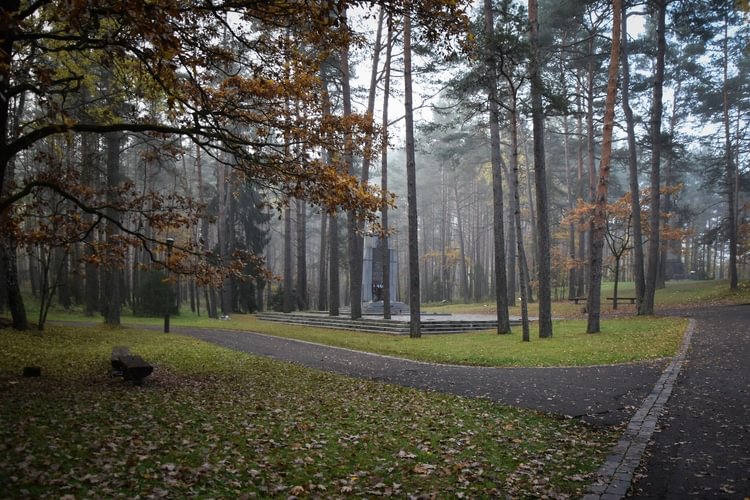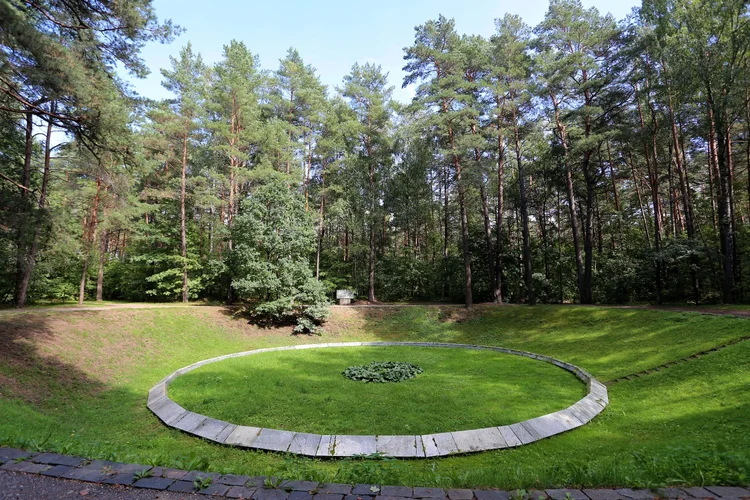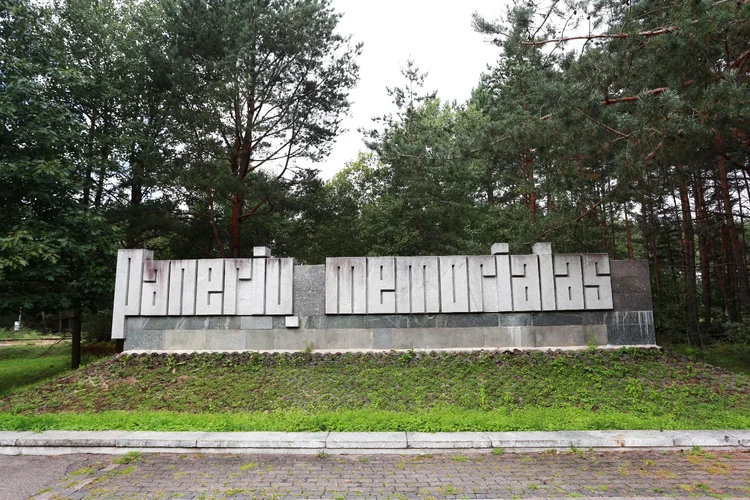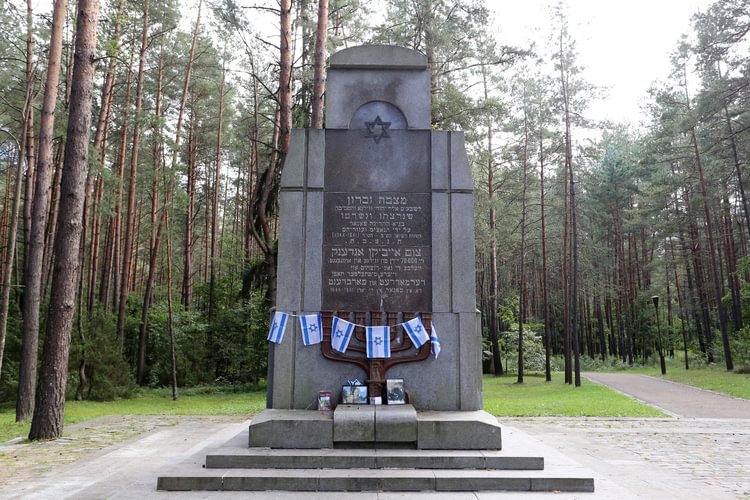The Year of the Vilna Gaon and the History of Jews in Lithuania and Vilnius
Vilnius was one of the most important cities in Jewish history from the middle of the 15th century to the Holocaust. Once famous as an intellectual, spiritual, and political capital of European Judaism, Vilnius has preserved the layers of Jewish heritage in its streets and stories. To focus on perpetuating the historical memory of Litvaks (Lithuanian Jews), 2020 has been designated the Year of the Vilna Gaon and the History of the Jews of Lithuania. Explore Jewish culture, traditions, and the past in Vilnius while walking along special routes, discovering famous Litvaks and participating in commemorative events.
Vilna Gaon Elijah ben Solomon Zalman
Elijah ben Solomon Zalman, known as the Vilna Gaon, lived in Vilnius in the 18th century. He is considered to be a great Lithuanian Rabbi, a Litvak religious leader and the most prominent Litvak cultural representative. The word gaon means genius. Many legends surround his personality. For example, Elijah is said to have delivered a sermon in the Great Synagogue of Vilna at the age of seven, exhibiting a thorough understanding of rabbinical literature. Possibly the Gaon’s single biggest contribution to Judaism was his corrective notes on most the ancient Jewish texts, particularly the Talmud. However, his students transcribed most of the Gaon’s writings that we have today.
The Vilna Gaon was initially buried in the Šnipiškės Cemetery, but in the 20th century his remains were moved to Sudervė Cemetery, which now houses a mausoleum.
Visit the monument to the Vilna Gaon that marks his former house. The depiction of the Gaon by sculptor Mindaugas Snipas is not a representation of the Gaon at all, but a stylised work based on an earlier, now lost, plaster bust called The Jewish Sage by Teodoras Kazimieras Valaitis.
The Great Synagogue
Before World War II, there were 135 synagogues in Vilnius, but the Great Synagogue was the centre of spiritual and cultural life for Litvaks. Today, the remains of the Great Synagogue of Vilna are an important part of the city’s cultural heritage. The Great Synagogue of Vilna was founded at the end of the 16th century when the Litvak community was granted the right to attend their houses of prayer.
The first house of prayer was wooden. In 1633, King Wladyslaw IV Vasa allowed a brick synagogue to be built in the Jewish Quarter. The synagogue couldn’t be taller than the nearby churches, so the building’s architects found a creative solution and built a couple of floors below ground level.
Outside, the synagogue looked to be about three stories tall, but inside it was over five stories. The main prayer hall was square and could hold 3000 people, but this synagogue was well ahead of all other similar structures of the time, and could host up to 5,000 worshipers.
The architectural monument survived World War II despite being severely damaged, but was later destroyed under Soviet rule. Three original pieces from the Great Synagogue of Vilna survived the destruction and are now on display at the Vilna Gaon Jewish Museum: a door of the Holy Ark, a reader’s desk, and a bas-relief of the Ten Commandments.
In 2011, a team of archaeologists from the USA, Israel and Lithuania discovered fragments and details of a rather well-preserved building. In 2016–2017, fragments and the site of public Jewish bathhouse’s Mikveh (ritual pool) were found. Scientific archaeological studies of the synagogue complex were also conducted in July 2018. The most important finding; however, was a large inscription on a part of a stone Torah reading table that stood on the synagogue’s magnificent Bimah.
To honour the Jews who died during the Holocaust, as well as the Great Synagogue, Vilnius plans to create a Jewish memorial centre at the site by 2023, when Vilnius celebrates its 700th birthday.
Walk the Jewish Heritage Route
Discover Jewish heritage on your own with an extensive map filled with descriptions and stories here or pick up a printed version at one of the city’s Tourist Information Centres. The route will take you on a journey through different ages, starting with the Great Synagogue of the 16th century and taking you through layers of history to the story of the 20th century ghettos and the Holocaust Exhibition at the Vilna Gaon State Jewish Museum. The route will also introduce you to the most famous Litvaks and their work.
Inside the Vilnius Ghetto
Vilnius Ghetto is a place of tragic Holocaust memories, yet even there, life and hope endured. The Ghetto’s cultural heritage apparently reveals it better than anything. This virtual tour explores arts, education and creative endeavours within the Ghetto and the people behind them. The people who looked after Jewish culture in horrifying circumstances.
Walls that Remember
The Walls that Remember art project is a contemporary tribute to the historical memory of Vilnius’ Jewish community in the Glass Quarter, which became a Jewish centre in the 17th century. The graffiti-style paintings are based on actual footage of the Jewish community’s life in Vilnius. It’s like a time machine that connects two worlds, allowing visitors to see how the Jewish community worked, how they built families, and how they grew up and grew old walking these streets.
Location: The Glass Quarter
Facebook: @wallsthatremember
Bagel Store
Food unites. The Lithuanian Jewish Community is conducting a project called Bagel Shop as a tolerance campaign. The cafe gives the public a unique chance to taste authentic Jewish dishes and join in various Jewish celebrations. Traditional bagels, soups, and spreads give visitors a glimpse into Litvak culture.
Location: Pylimo 4
Facebook: @beigeliukrautuvele
Store Signs
If you happen to walk by Žemaitijos Street, keep an eye out for the authentic store signs in Yiddish and Polish. Jewish stores were open to everyone, so residents of Vilnius came by to purchase lamp oil, salt, coffee, or cigarettes.
Location: Žemaitijos street
Photographs in the Windows
The photographs exhibited in the windows were found in the ruins of the Ghetto. You’ll also find a lot of information about the Ghetto.
Location: Žemaitijos 4
Stones of Remembrance
The German artist Gunter Demnig has embedded cobblestone-sized concrete cubes, each topped with a brass plate bearing the name and dates of a single Holocaust victim, into streets and sidewalks across Vilnius Old Town.
Location: Vilnius Old Town, various venues
Website: www.manoteises.lt
Vilnius Ghetto Theatre
The Vilnius Ghetto was one of few to have a theatre. The first play staged in the Vilna Ghetto theatre took place on 18 January 1942. The theatre staged a total of 111 performances in one year, and almost 35,000 tickets were sold. The money was used for the common needs of the Ghetto and to support its most impoverished residents. Today, the building is marked with a memorial plaque.
Location: Arklių 5
Tolerance Centre
This is a place to discover the authentic world of Litvaks and to learn from the past to create a common future. The exhibitions show Jewish life in Vilnius and works of art by famous Litvaks.
Location: Naugarduko 10
Website: www.jmuseum.lt
Holocaust Exhibition
This exhibition portrays a story of the Jews from their arrival in the Grand Duchy of Lithuania until their tragic death in the 20th century. It’s a story of death and survival. Even though Lithuania lost most of its Jewish population during World War II, their memory lives on through stories and people.
Location: Pamėnkalnio 12
Website: www.jmuseum.lt
Memorial Museum of Paneriai
From 1941 to 1944, between 50,000 and 70,000 people, of whom the majority were Jews from Vilnius, were killed in Paneriai. The word Paneriai meant death in the Vilnius ghetto. The exhibition at the Paneriai Memorial Museum shows documents and reports issued by Nazi occupiers, personal belongings of murdered victims found in the area of the massacres, geophysical surveys, and other information. A memorial to the victims of Paneriai includes nine monuments to Jews, Poles, Lithuanians, Soviet prisoners of war and Roma.
Location: Agrastų 15
Website: www.jmuseum.lt
Worth to check
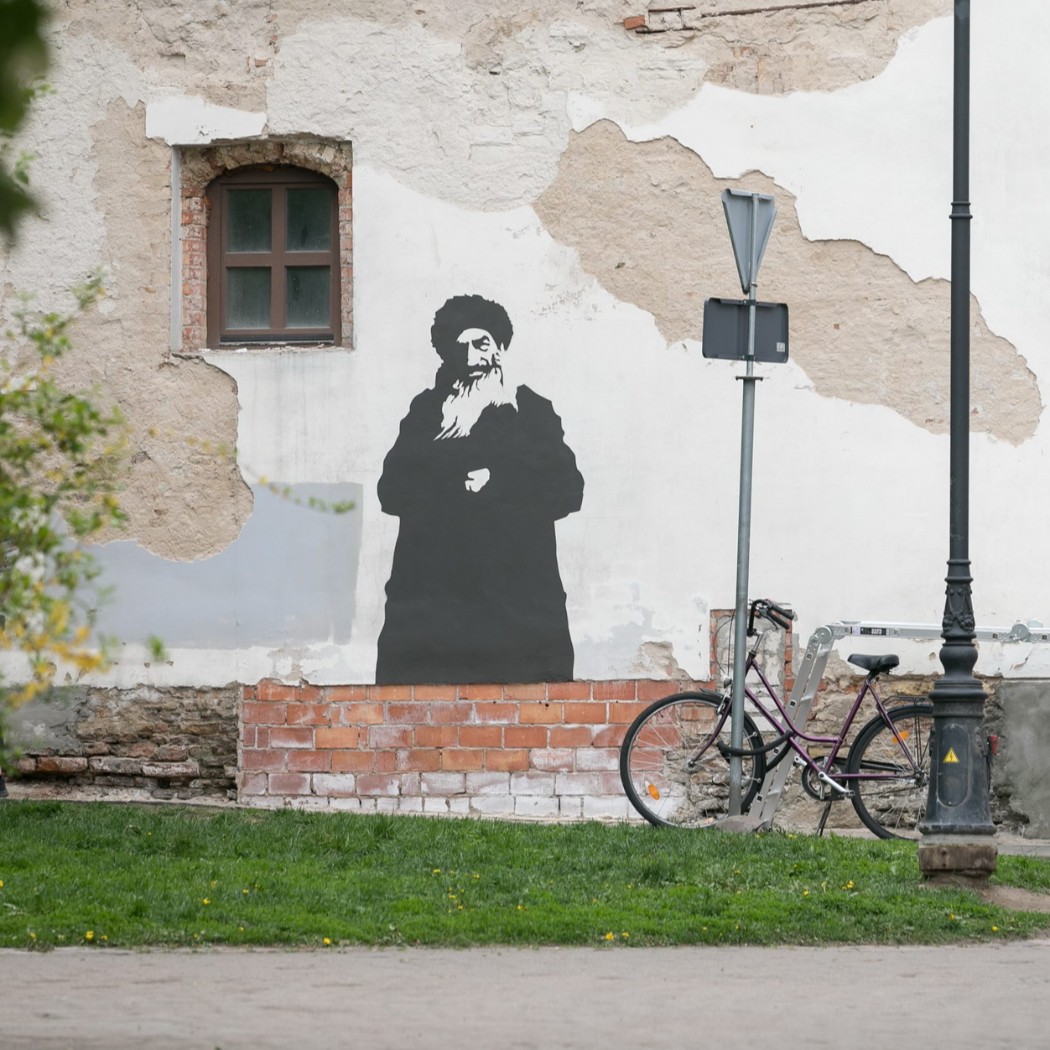
The Year of the Vilna Gaon
Vilnius was one of the most important cities in Jewish history from the middle of the 15th century to the Holocaust.

The last Sunday of every month is for museums
It’s so easy to dedicate at least one day a month to visiting museums and galleries, which is why we would like to remind you that entrance to museums and galleries in Vilnius managed by the Lithuanian Ministry of Culture is free of charge on the last Sunday of each month! If you’ve ever had the privilege of gaining free entry to the Louvre on a Sunday, you can experience the same feeling at different places throughout Vilnius, including Gediminas Tower, the House of Histories, the Palace of the Grand Dukes of Lithuania, the Kazys Varnelis House-Museum, the National Gallery of Art, the Lithuanian Theatre, the Music and Cinema Museum, Radziwiłł Palace and the Vilnius Picture Gallery. Grab your children, friends or parents and enjoy some soul-enriching discoveries.

